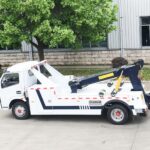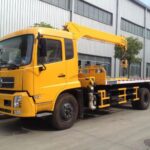Introduction:
When it comes to towing vehicles, a carrier tow truck is an indispensable tool in the industry. With the ability to safely transport cars, vans, and other vehicles, carrier tow trucks play a crucial role in roadside assistance, vehicle recovery, and transportation services. However, not all carrier tow trucks are created equal. To ensure safe and efficient towing operations, it is essential to understand the key features that make a carrier tow truck reliable and effective. In this article, we will explore the essential features that define a carrier tow truck, promoting safety and efficiency in the towing industry.
1. Maximum Towing Capacity:
The first and foremost feature to consider in a carrier tow truck is its maximum towing capacity. The capacity should match or exceed the weight of the vehicles it is intended to tow. Carriers with higher towing capacities are versatile and can handle a wide range of vehicles, including larger cars, SUVs, or even light commercial vehicles. It is crucial to consider the maximum towing capacity to ensure the safe and efficient transportation of vehicles without straining the truck’s engine or compromising on-road stability.
2. Hydraulic Loading System:
A carrier tow truck should be equipped with a hydraulic loading system, which allows for easy and efficient loading and unloading of vehicles. This system enables the operator to lower the flatbed to the ground, allowing for smooth and safe vehicle retrieval. Hydraulic systems also provide precise control over the loading process, ensuring that vehicles are securely fastened to the bed without causing any damage.
3. Flatbed Length and Width:
The dimensions of the carrier’s flatbed are vital considerations for safe and efficient towing. A longer and wider flatbed provides more versatility, accommodating a wider range of vehicles. It allows for the transport of multiple vehicles simultaneously, reducing the need for multiple trips and increasing operational efficiency. Additionally, a flatbed with non-slip surfaces or integrated tie-down points ensures the secure transport of vehicles, minimizing the risk of accidents or damage during transit.

4. Wheel Lift or Slide Mechanism:
To increase the carrier tow truck‘s towing capabilities, many models are equipped with a wheel lift or slide mechanism. This feature allows for towing vehicles without using the flatbed, making it useful for quick pickups and short-distance transports. The wheel lift mechanism secures the vehicle’s tires, lifting them off the ground while leaving the remaining wheels in contact with the road. This reduces the strain on the truck’s suspension system, enhances stability, and provides more flexibility in various towing scenarios.
5. Safety Equipment:
Safety should always be a top priority in any towing operation. A carrier tow truck must be equipped with essential safety features, such as reflective signage, emergency lighting, and visible warning lights, to ensure maximum visibility and minimize the risk of accidents. Other safety equipment, including wheel chocks, winches, and safety chains, should also be present and in good working condition. Additionally, a reliable carrier tow truck should have advanced braking systems and stability control mechanisms to enhance on-road safety.
6. Towing Controls and Accessories:
The efficient operation of a carrier tow truck depends on user-friendly towing controls and accessories. A well-designed control panel enables the operator to manipulate the hydraulic system, adjust the flatbed’s position, and control the wheel lift mechanism accurately. Intuitive controls enhance ease of use, reduce the risk of operator errors, and contribute to a smoother towing process. Furthermore, essential accessories like wireless remote controls and integrated storage compartments enhance convenience and efficiency on the job.
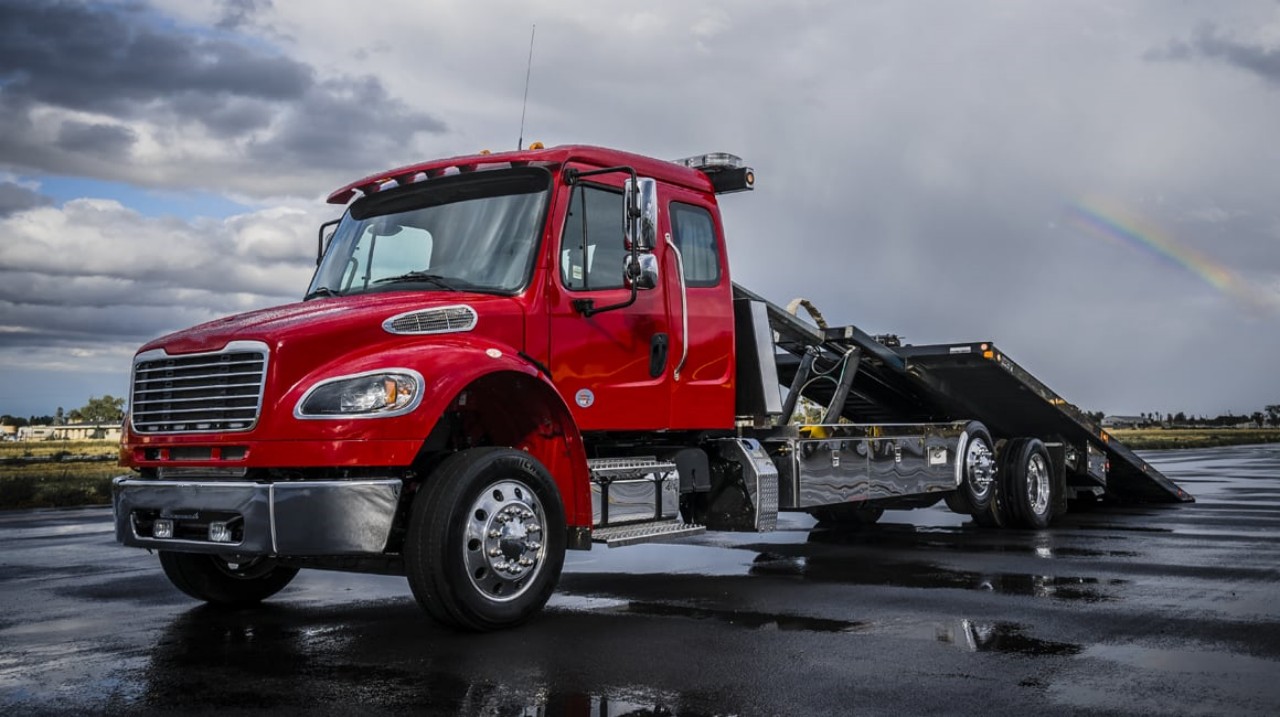
7. Durability and Maintenance:
Carrier tow trucks are subjected to demanding work conditions, often operating in various weather conditions and towing heavy loads. Therefore, durability and regular maintenance are crucial factors to consider. High-quality materials, robust construction, and corrosion-resistant coatings enhance the longevity of the carrier tow truck, ensuring it remains reliable and efficient for years to come. Regular maintenance schedules, including inspections, lubrication, and component replacements, help identify and address any potential issues before they escalate into costly breakdowns or accidents.
8. Maneuverability and Handling:
Carrier tow trucks often need to navigate through tight spaces, busy streets, and challenging terrains. Therefore, superior maneuverability and handling are essential features. Features such as power steering, adjustable suspension systems, and advanced steering control mechanisms allow operators to easily navigate congested areas and negotiate sharp turns. Enhanced maneuverability ensures that the tow truck can access vehicles in difficult-to-reach locations, improving response times and overall efficiency.
9. Integrated GPS and Communication Systems:
In today’s technologically advanced world, an integrated GPS is a valuable addition to a carrier tow truck. GPS not only helps drivers find the most efficient routes to their destinations but also provides real-time traffic updates, ensuring timely responses to emergencies. Moreover, having communication systems, such as 2-way radios or hands-free mobile devices, facilitates effective communication between the tow truck operator and dispatch, streamlining coordination and improving service efficiency.
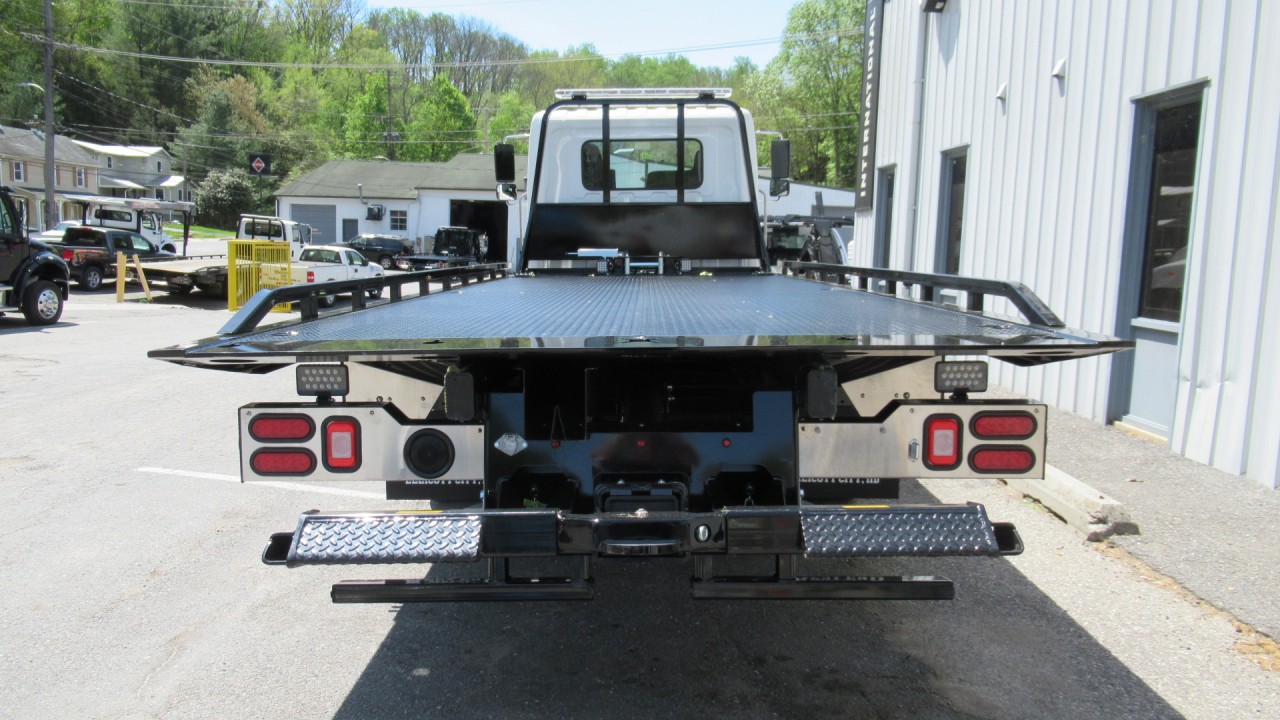
10. Compliance with Industry Standards and Regulations:
Adherence to industry standards and regulations is paramount for the safe and legal operation of carrier tow trucks. These standards include weight restrictions, vehicle load securement protocols, and equipment safety requirements. Choosing a carrier tow truck that meets or exceeds these standards ensures that your towing operations are legally and ethically conducted, avoiding potential fines or legal repercussions.
Conclusion:
A carrier tow truck is an essential tool in the towing industry, enabling the safe and efficient transportation of vehicles. To ensure the utmost safety and effectiveness, selecting a carrier tow truck with key features such as adequate towing capacity, hydraulic loading systems, spacious flatbeds, and safety equipment is crucial. Additionally, the inclusion of wheel lift or slide mechanisms, user-friendly towing controls, and durable construction further enhance the capabilities of the tow truck.
By investing in a carrier tow truck that incorporates these essential features, towing companies can maximize their efficiency, expand their capabilities, and provide superior service to their customers. Furthermore, the integration of advanced technologies such as GPS and communication systems enables smoother operations and improved response times.
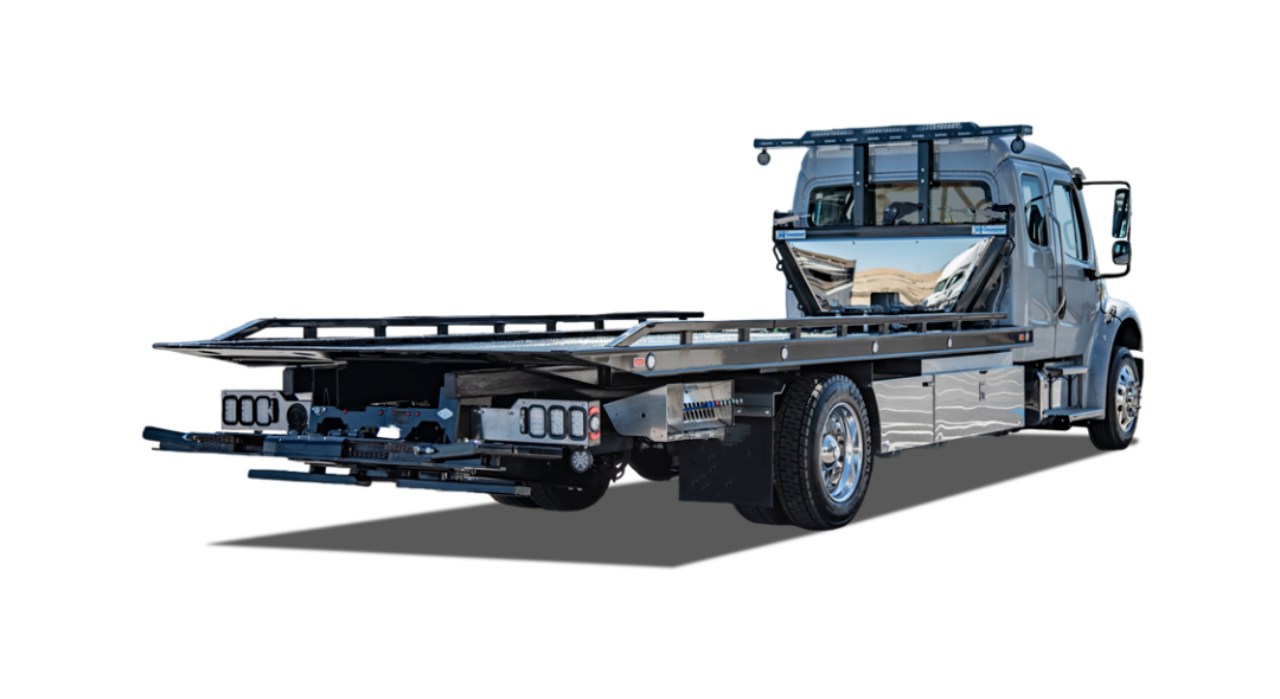
As the towing industry continues to evolve, manufacturers strive to develop carrier tow trucks that excel in safety, efficiency, and adaptability. By keeping abreast of the latest advancements and innovations in carrier tow truck technology, towing companies can stay at the forefront of the industry, delivering top-notch service and ensuring the safe transportation of vehicles in various situations.
Ultimately, selecting a carrier tow truck that embodies these key features sets the stage for a thriving towing business, with a commitment to safety, efficiency, and customer satisfaction at its core.



